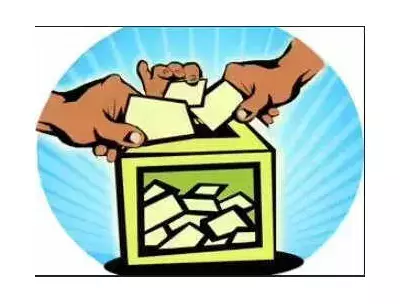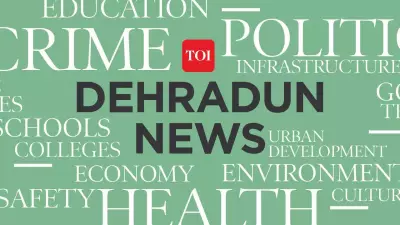
In a groundbreaking judgment that could redefine digital communication standards in India, the Allahabad High Court has delivered a verdict with far-reaching implications for every WhatsApp user in the country.
The Case That Changed Everything
The court was hearing a bail plea concerning messages exchanged between two communities via WhatsApp. What made this case particularly significant was the court's interpretation of not just what was said, but what was implied between the lines.
Reading Between the Digital Lines
Justice Arun Kumar Singh Deswal made a crucial observation that has sent ripples through legal and digital circles. The court emphasized that even when messages don't explicitly promote enmity between different groups, the implied meaning and underlying suggestions can still fall under the purview of Section 153A of the Indian Penal Code.
What This Means for Digital India
This interpretation marks a significant shift in how digital communication will be assessed legally:
- Courts will now consider the context and subtext of messages, not just literal content
- The potential interpretation by recipients becomes as important as the sender's intent
- Digital platforms are no longer considered 'informal spaces' exempt from legal scrutiny
- Forwarded messages and group chats carry the same legal weight as personal conversations
The Legal Framework Explained
Section 153A of IPC deals with promoting enmity between different groups on grounds of religion, race, place of birth, residence, language, etc. The Allahabad High Court's interpretation expands this to include digital communications where enmity is suggested rather than stated.
A Warning for Digital Citizens
This judgment serves as a crucial reminder that digital communication carries the same legal responsibilities as verbal or written communication. The court's stance indicates that ambiguity or subtle suggestions in messages won't provide legal protection if they can be reasonably interpreted as promoting discord.
As India continues to navigate the complex intersection of digital freedom and legal responsibility, this judgment sets an important precedent for how courts will interpret our increasingly digital conversations.





